I love my freezer. I said it before. However, what do you do with all that food when the power goes out? The freezer safety tips for power outages in this article will help you figure that out.
While many in the prepping community will say that you should never use a freezer, I actually suggest using the freezer as part of your long-term food storage plan. I think using the tools that we have can help extend our food reserves for many different kinds of emergencies and better prepare our family with good wholesome foods when the price is good to help save money.
However, in doing so, you must have a backup plan as to how you will handle the eventual power outage that comes with severe storms, freak accidents, and the occasional door left open by your child who snuck an ice cream cone when you weren’t looking.
So. we’re going to take this in 3 phases of Freezer Safety – Before, During, and After and discuss a little on them.
Freezer Safety Tips – Before The Outage
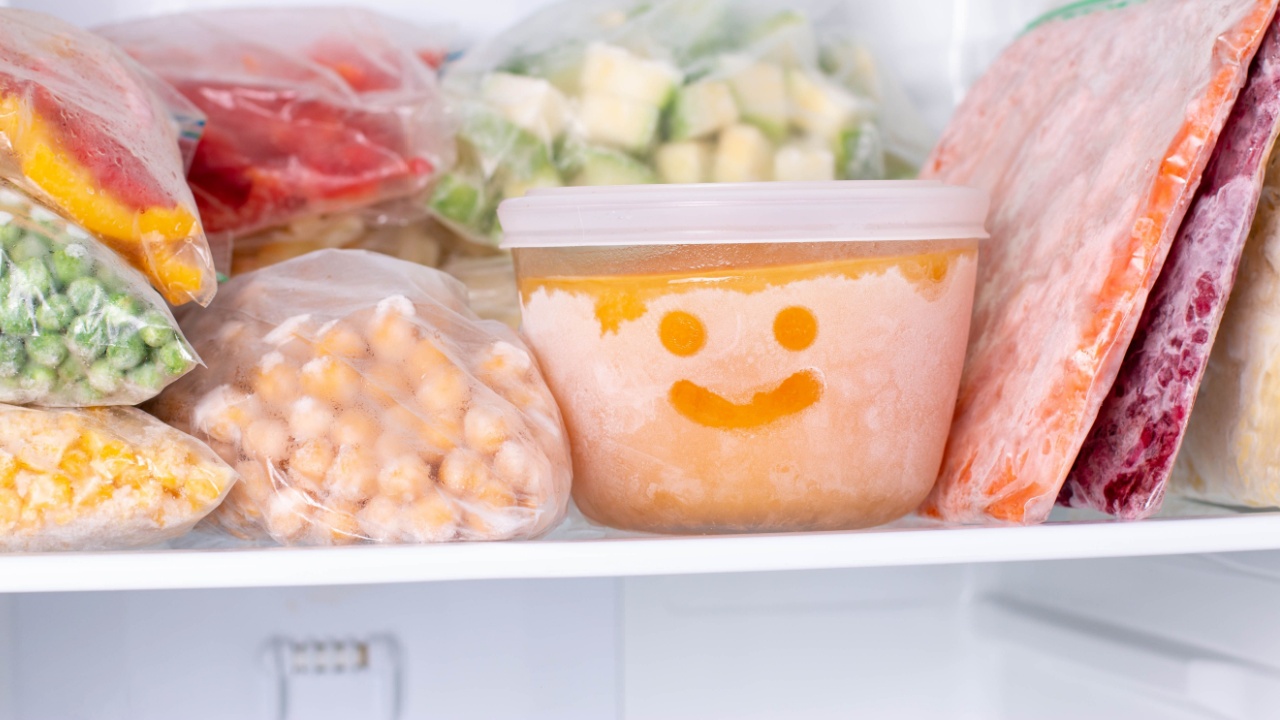
First of all, preparing your freezer for the power outage doesn’t have to be scary or hard. A few steps can save you a lot of heartaches later.
Set your freezer to 0° F
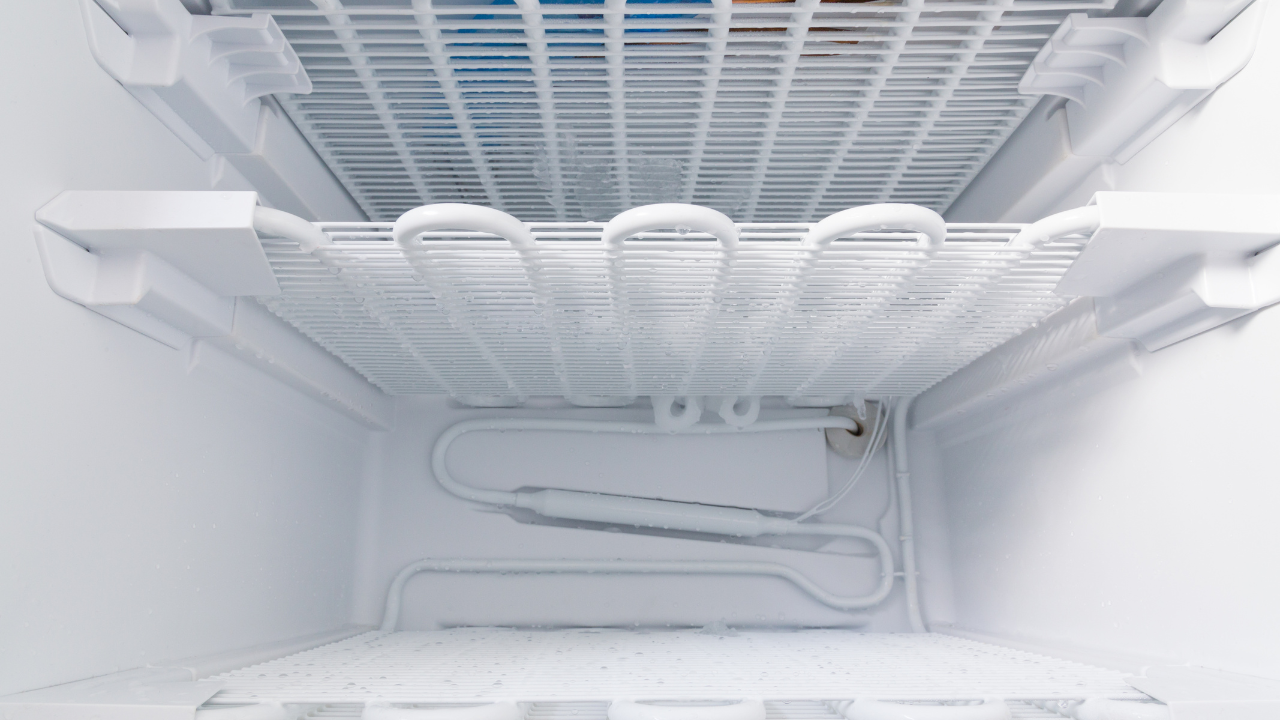
Knowing that there will be a problem is key here – setting your freezer to a colder level will give you a longer period afterward to keep your food safe. You can return it to your normal setting once the emergency has passed.
Stock your freezer with ice
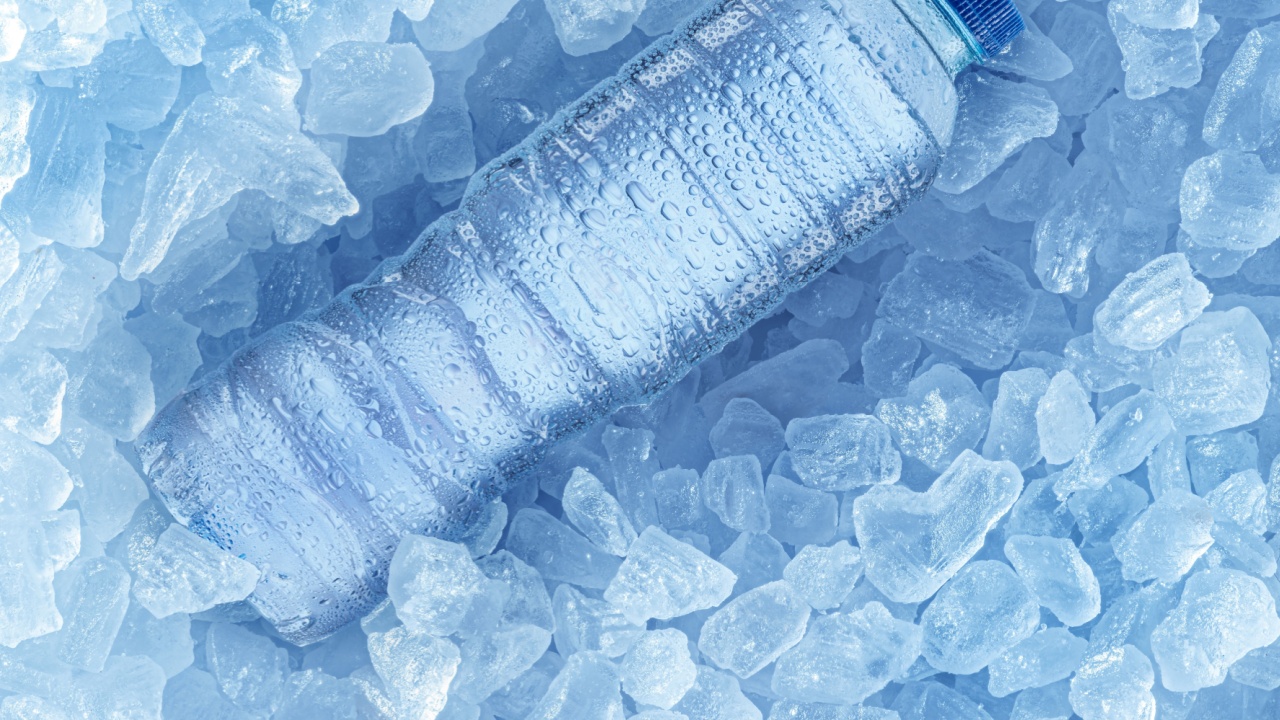
Fill empty 2-liter soda bottles, water jugs, or even good zip-top bags (I would double bag the freezer bags) with water and set them into dead spaces in your freezer. Not only will this help keep your freezer working efficiently all the time, but it also gives you a buffer when the power goes out. You’ve got a ready-made cooler. Plus, it’s another hidden source of drinkable water in the case of an emergency.
Install a freezer alarm
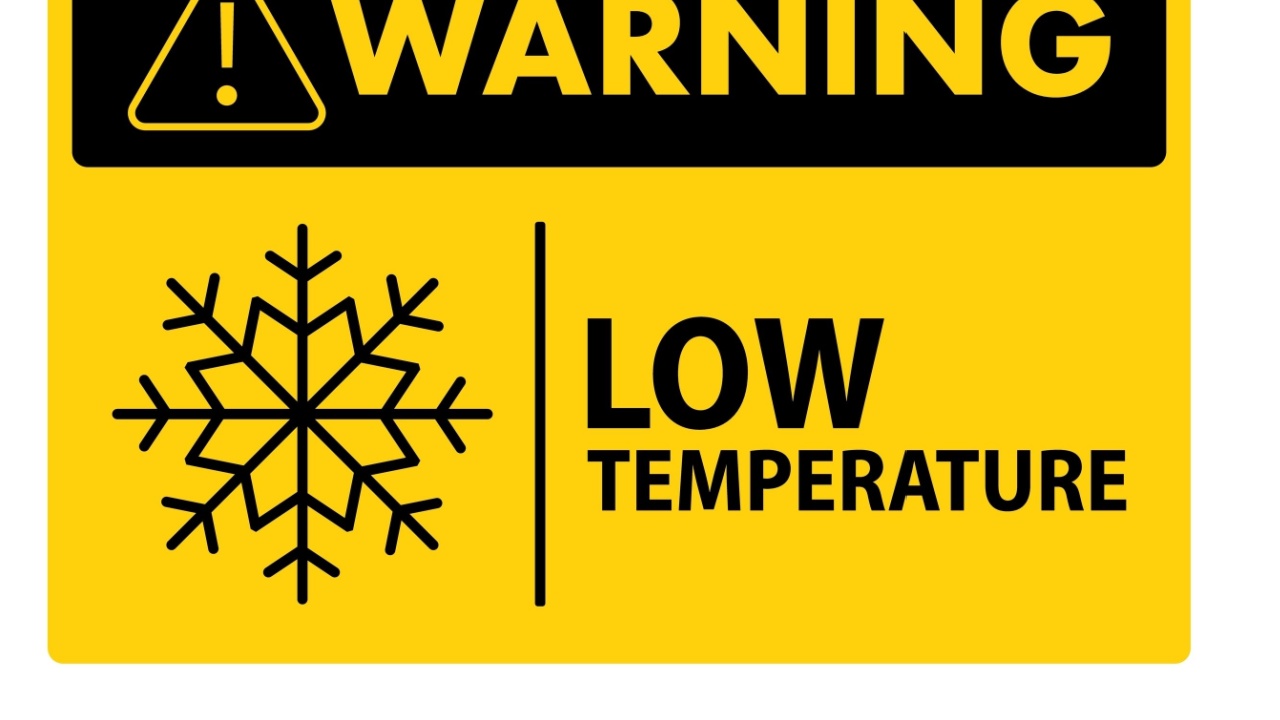
A Freezer Alarm will let you set a minimum and maximum temperature for your freezer, which will trigger the audible alarm if the temperature passes those limits.
This alarm will also be helpful for you to see the freezer temperature once the power comes back on. Because it runs on a battery, it will keep a continual record of what the current temperature in the freezer is, which can help you determine what you do later.
Keep Meats in the Bottom
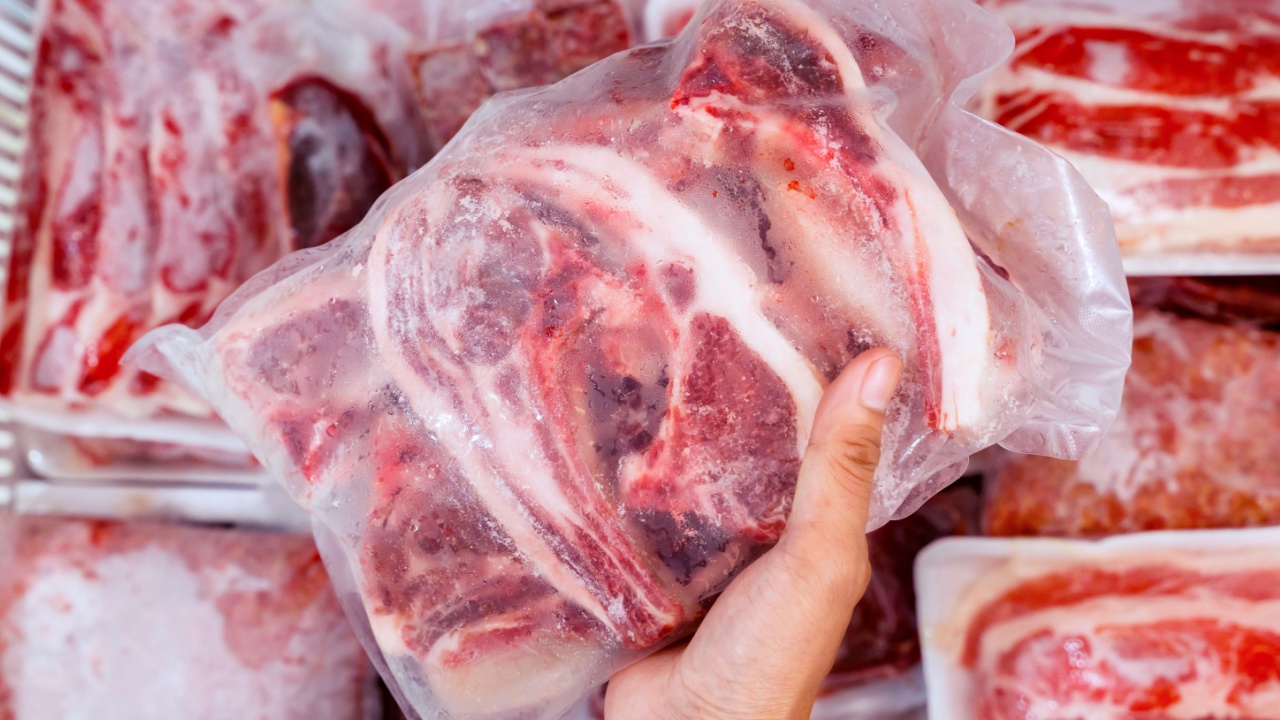
Because the cold air tends to pool at the bottom of the freezer, keeping meats in the coldest part of the freezer is always the safest way to store them.
Tip: I already know you aren’t storing your meats in the packaging that comes from the store, right? Make sure to double bag, vacuum seal, or wrap your meats in a protective covering before freezing. This not only helps extend the quality of the meat, but it will also help juices and condensation from the meats from getting on other foods.
Eat the Ice Cream First

Yep. I said it. Eat the Ice Cream first. If you know that a power outage is imminent, it’s smart to pull out your highly perishable foods and go ahead and eat them. No point in letting them go to waste.
Freezer Safety Tips – During The Outage
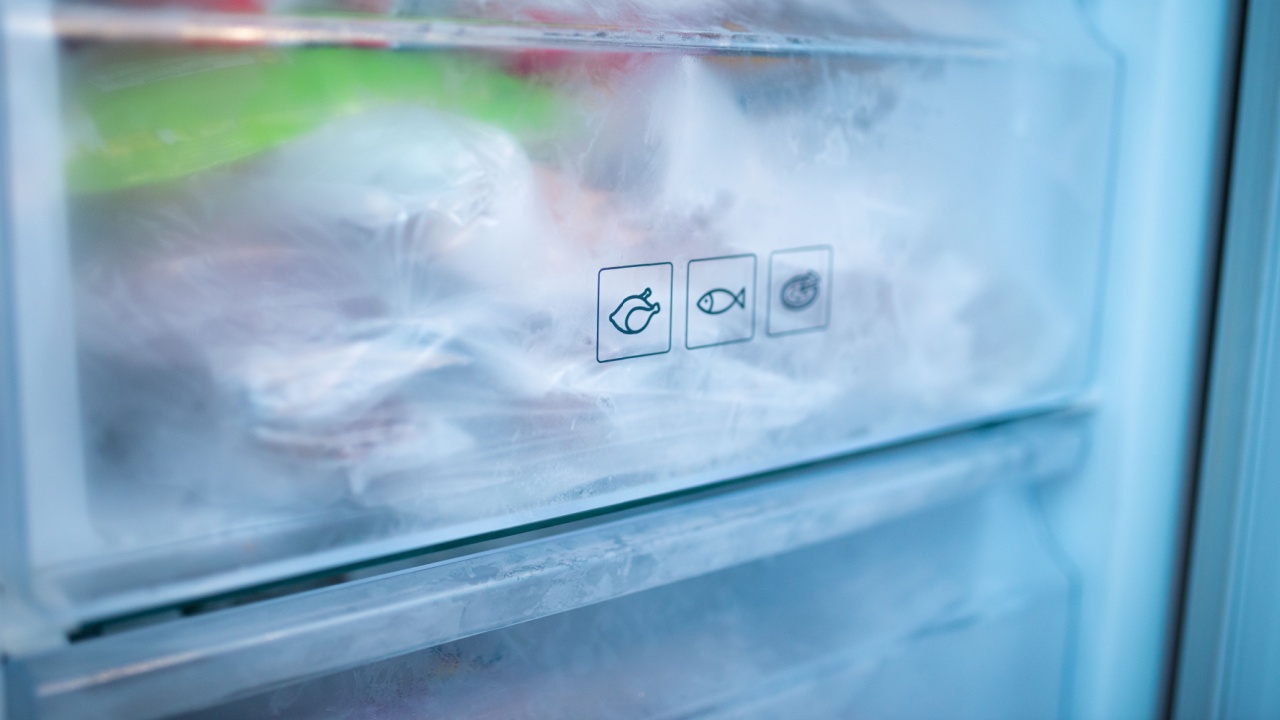
Don’t Open the Freezer

As much as you’ll want to, do not open your freezer. Because cold air sinks, the minute you open the freezer door, the cold air will escape (with an upright freezer). If you have a full freezer, it may not be a big deal if the power outage is short, but it puts your food at a disadvantage of being ‘blanketed’ by warm air without any way to cool it off.
A fully stocked chest freezer should stay cold enough for about 48-72 hours (24 hours if half full, so remember to fill up dead space with water!), an upright freezer up to 48 hours unopened. They are not as well insulated and the cold air pools on the bottom.
Cover the Freezer with Blankets
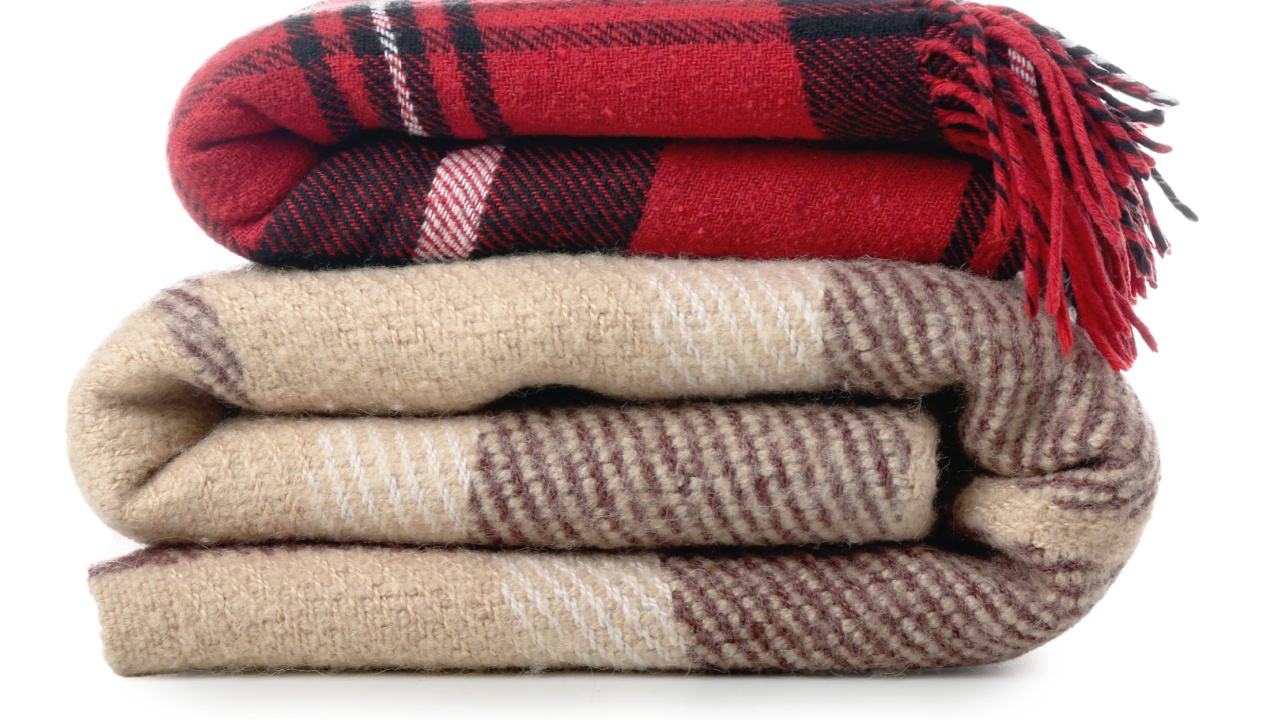
This is an especially good tip for chest freezers. Cover the freezer with a few blankets to help insulate it even further.
Stock Up Your Coolers
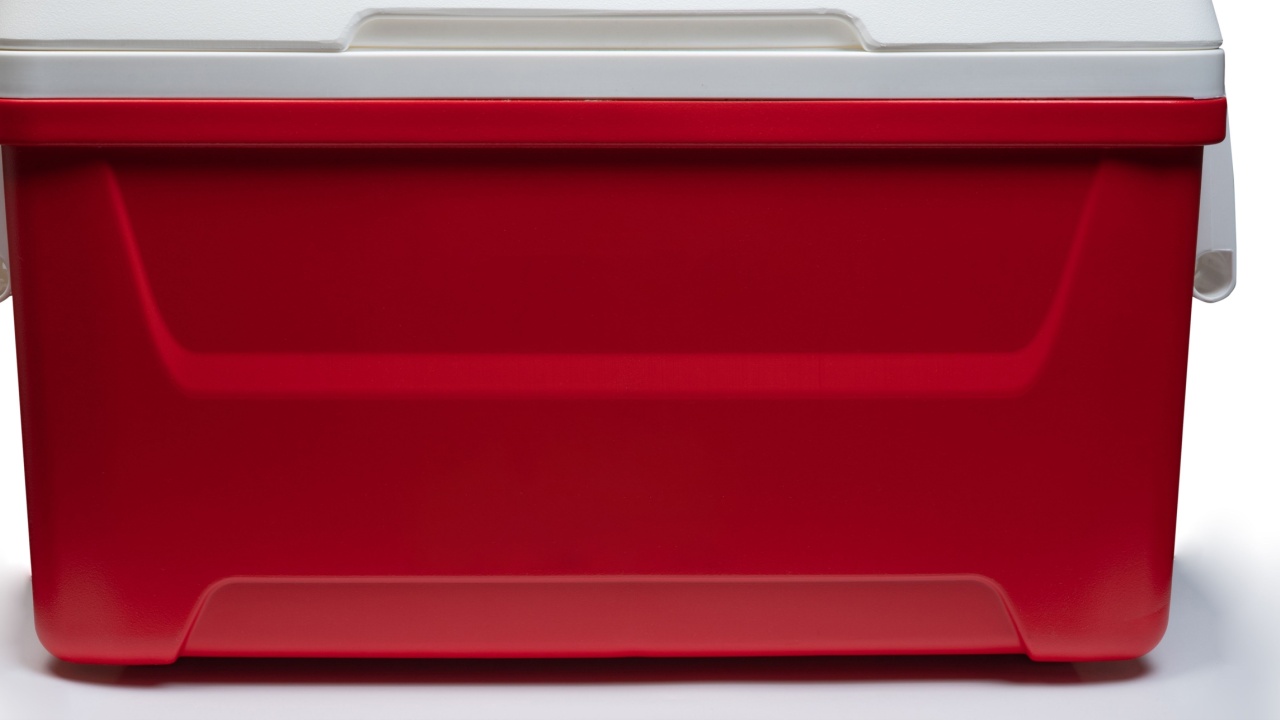
If you can, get as much ice as possible from local stores. Go home and fill up the bathtub, the washing machine (top loading), coolers, and the sink with ice. You can use them as ways to keep food cold. This is particularly a good idea for refrigerated items since they won’t be able to keep their cool as long as frozen ones, but it can be a way to extend the life of some foods while you await the return of power.
Add Ice to the freezer
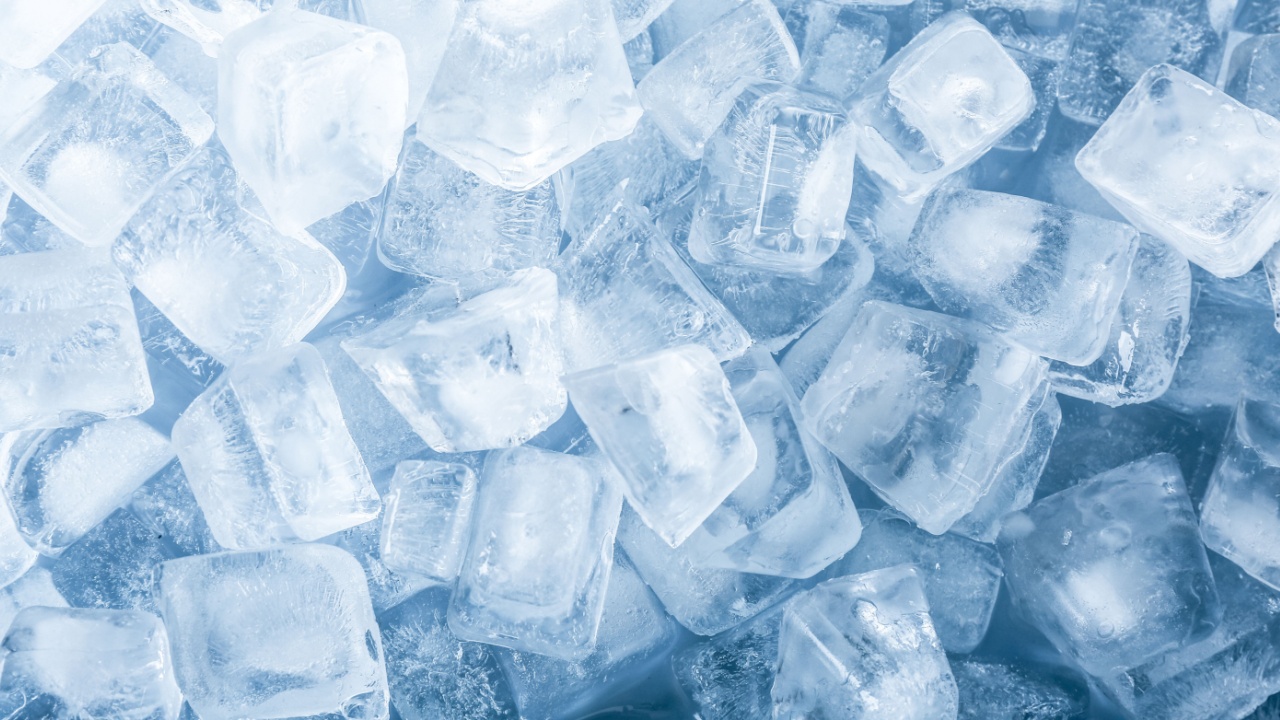
If you know the power is going to be out for a while, you can extend the life of your freezer by adding ice. Block ice is best if you can get it because it will last longer, but will not insulate the way smaller ice pieces will, which will thaw faster.
Dry ice is another way to keep the freezer cold if you have access to it. Keep it on the top shelf of an upright, or on a pan in a chest freezer, and it will help keep your food frozen.
Just remember..the minute you open the freezer door, you’ve allowed the warm air to enter, so only do this in extreme outages.
Power Outage Tip: Throw a Party!

While we do all we can to protect our precious frozen food storage before you get to the three day point and worry that your food may not be good, here are a few tips for using up that food before it goes bad:
- Throw a Party! Have a neighborhood BBQ and cook all that food now!
- Can It! Even without regular electric power, if you have gas or even an outdoor propane station, ou can can up those fruits, vegetables and meats to save them.
- Preserve It! While you may not be able to run your electric dehydrator, consider studying up on air or solar dehydrating, fermenting, pickling (this would work for other vegetables), smoking and other means of non-electric preserving to keep those foods safe.
Freezer Safety Tips – After The Outage

Rule of Thumb — if you still have a considerable amount of ice crystals, and the food temp is 40F or below, you’re good, and you can refreeze the food. You might have a change in quality for things like ice cream and frozen fruit, especially if they’re at the top of your freezer.
If the freezer is above 40F, don’t take a chance, throw it out. This is where the freezer thermometer (like this one) is a great idea. When you open the door, you’ll get an immediate indication of the temperature of your freezer.
Foods on top of your freezer may be affected more than those buried, so do a little checking top down for quality. Get a freezer thermometer to be able to test the temperature of the food if you can’t see visible signs of ice crystals. You can also use a digital probe thermometer to test particular foods. It will have to go into the food and puncture your wrapping, but this is a better safe than the sorry issue. You can always wrap with some plastic wrap to protect the small hole.
If the probe does not go in, it’s frozen and you’re good and don’t have to worry! But anything that you can puncture through, this is a good test whether it is safe for the specific food instead of the whole freezer.
If you know the food was borderline, make sure to pull it out and eat it sooner than later because the quality may be affected more.
When in doubt, throw it out!
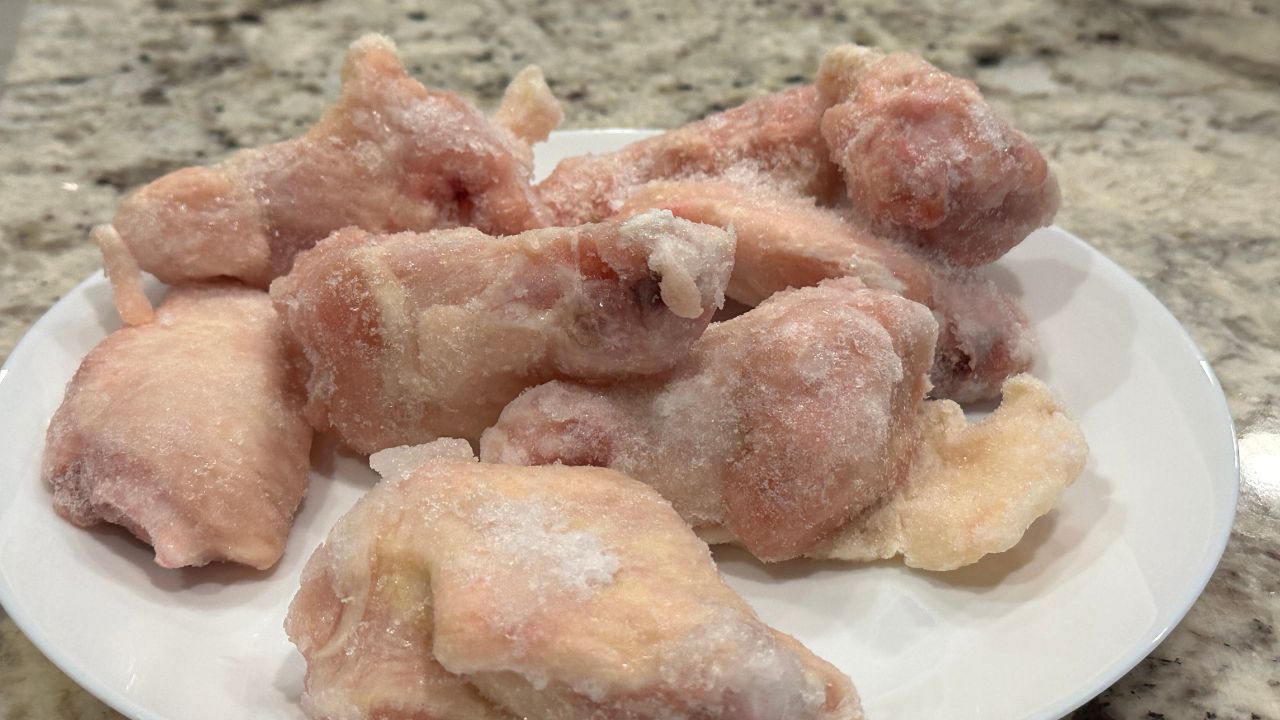
If you are unsure about the safety of the food you’ve pulled out of the fridge, or you’ve also experienced a flood that went into your freezer, just throw it out.
Tip: Don’t waste fruit and vegetables that you have to remove from your freezer – throw them into your compost pile!
What’s Your Freezer Safety Tips?
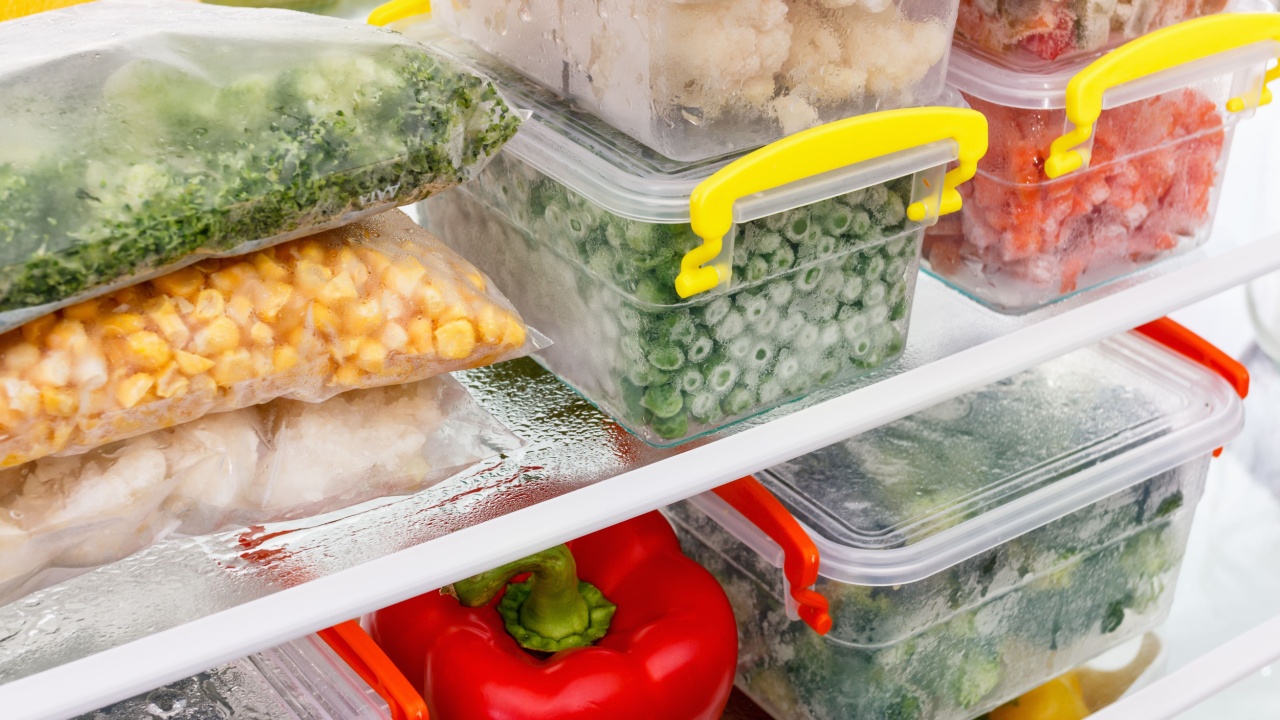
Finally, these are the freezer safety tips that I find more useful, but they are not all there is out there. Certainly, you can come up with super helpful ideas too, so I would love to hear them from you! Do not hesitate to share them with all of us in the comment section below. Also, if you experienced in the past a similar situation as the ones noted in the article, feel free to tell us how you managed it and what obstacles you encountered. We are all ears!
Last but not least, please keep in mind that there are no useless questions, so feel free to ask any further questions on this topic below. Thanks a lot for reading and good luck with preparing your freezer for the next power outage!
20 Crucial Supplies for Surviving a Societal Collapse
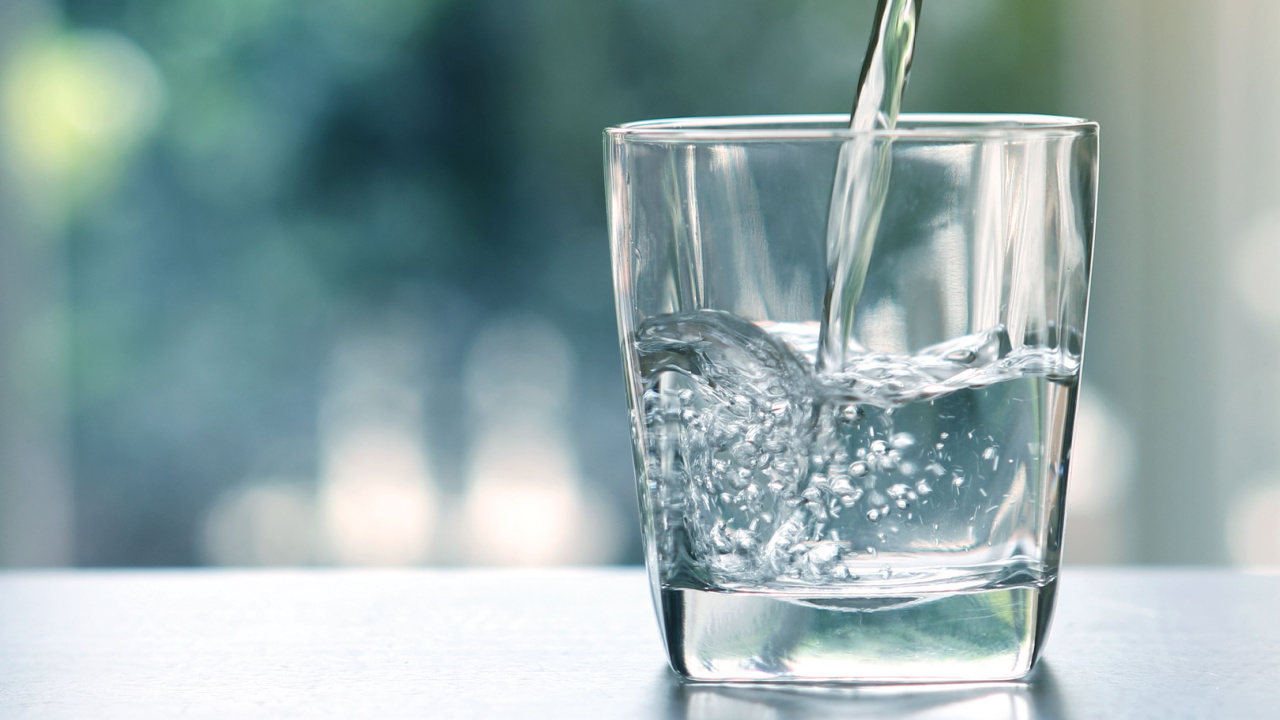
In the face of uncertainty, being well-prepared gives you at least some degree of control and security. The thought of a societal collapse, while extreme, prompts us to consider how we might endure without the conveniences of our current lifestyle. Here’s a list of 20 essential items that could prove indispensable in such a scenario. This guide isn’t about succumbing to fear but embracing preparedness and resilience.
14 Essential Canned Goods for Your Emergency Pantry
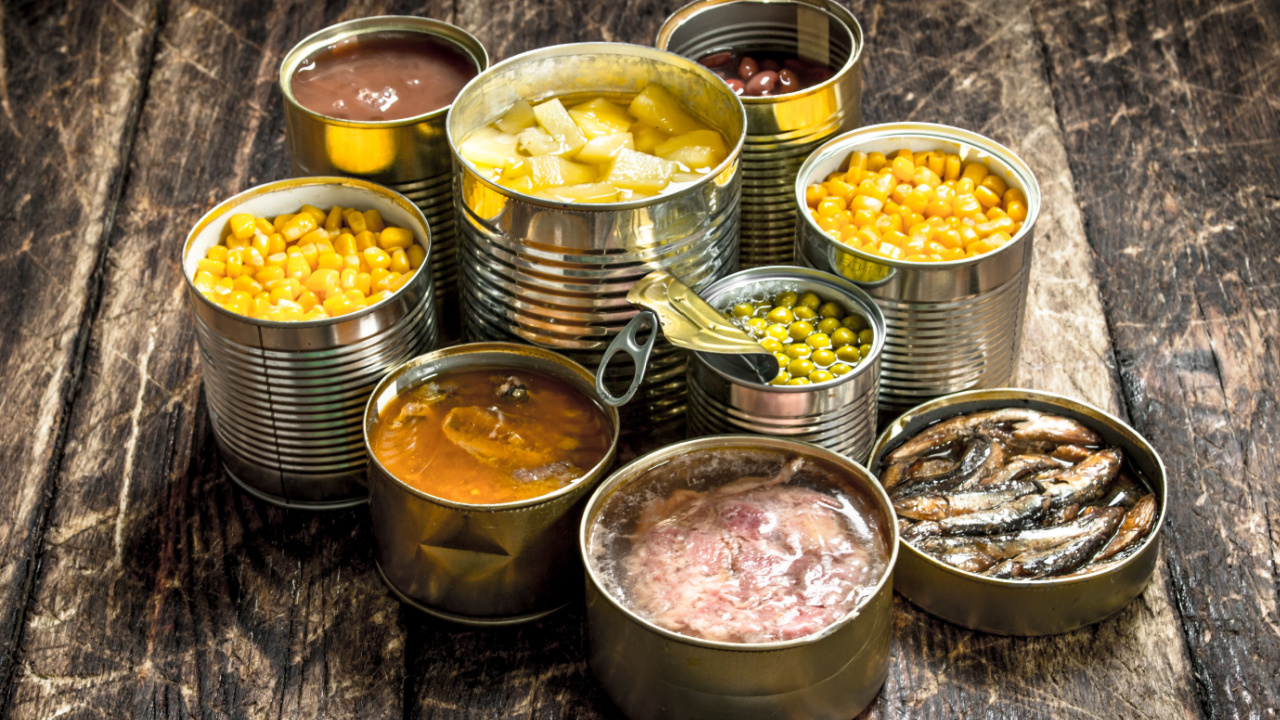
I firmly believe in keeping a well-stocked emergency pantry. While fresh food is ideal, in a survival situation, we may not be that lucky. So, for my family, even though we grow a lot of our own food, canned goods play a crucial role in emergency preparedness. They offer a reliable source of nutrition when access to fresh produce may be limited. The goods you stockpile should be affordable, easy to store, and full of nutrition.
Best Regions in the U.S. to Escape to When Society Collapses

Choosing a refuge in the event of societal collapse involves weighing the pros and cons of each location against your personal preparedness goals and abilities. Whether you’re drawn to the solitude of the desert or the protective heights of the mountains, the key is finding a place that offers safety and the opportunity for growth and renewal.
Katy Willis is a writer, lifelong homesteader, and master herbalist, master gardener, and canine nutritionist. Katy is a preparedness expert and modern homesteader practicing everyday preparedness, sustainability, and a holistic lifestyle.
She knows how important it is to be prepared for whatever life throws at you, because you just never know what's coming. And preparedness helps you give your family the best chance to thrive in any situation.
Katy is passionate about living naturally, growing food, keeping livestock, foraging, and making and using herbal remedies. Katy is an experienced herbalist and a member of the CMA (Complementary Medical Association).
Her preparedness skills go beyond just being "ready", she's ready to survive the initial disaster, and thrive afterward, too. She grows 100% organic food on roughly 15 acres and raises goats, chickens, and ducks. She also lovingly tends her orchard, where she grows many different fruit trees. And, because she likes to know exactly what she's feeding her family, she's a seasoned from-scratch cook and gluten-free baker.
Katy teaches foraging and environmental education classes, too, including self-sufficient living, modern homesteading, seed saving, and organic vegetable gardening.
Katy helps others learn forgotten skills, including basic survival skills and self-reliance.
She's been published on sites such as MSN, Angi, Home Advisor, Family Handyman, Wealth of Geeks, Readers Digest, and more.
